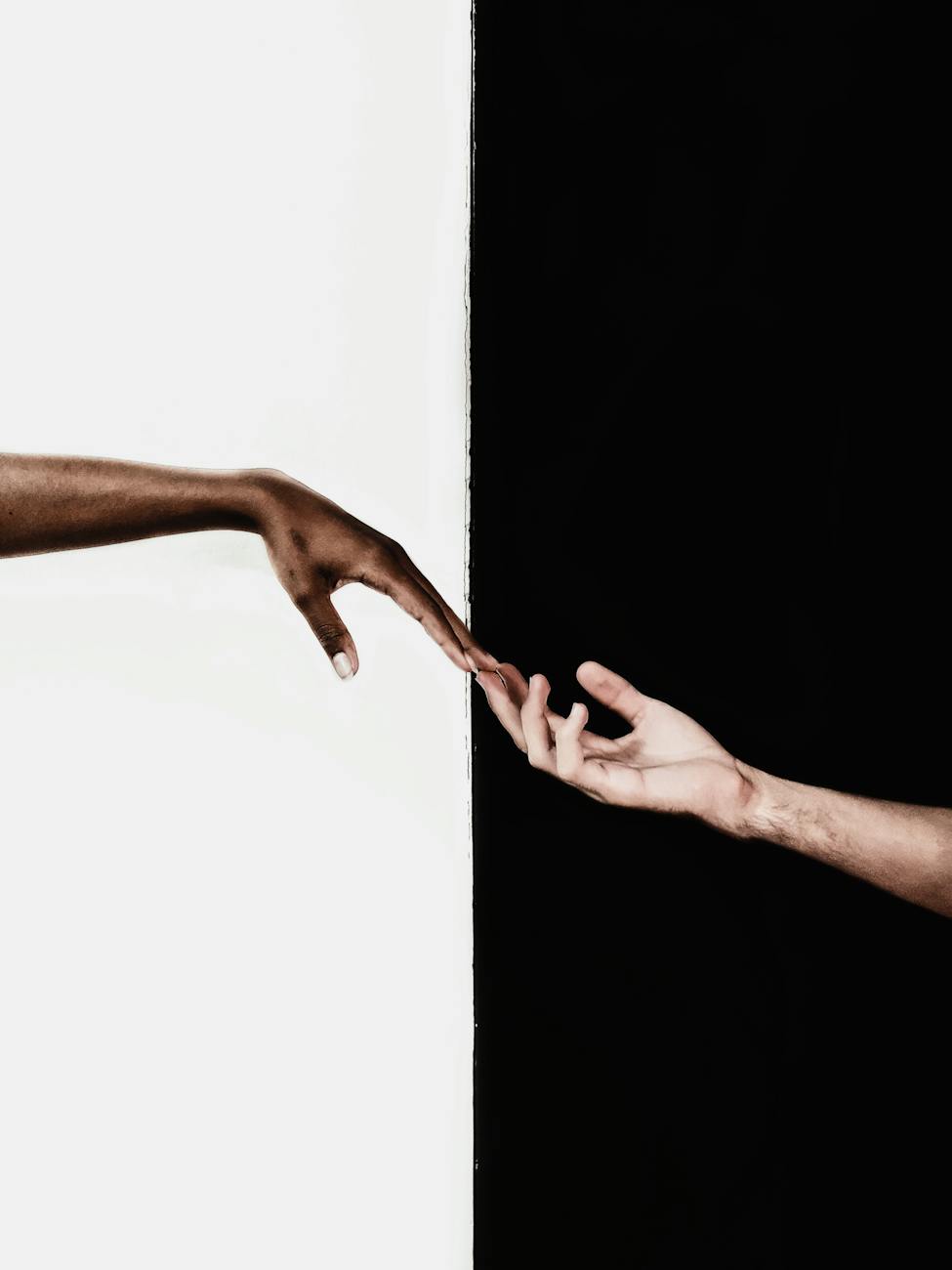Take a mindful pause to reflect on the beauty of diversity that surrounds you today. Close your eyes, take a deep breath, and visualize a world where unity and understanding prevail. How can you embrace diversity in your own life and contribute to a more harmonious existence? As you journal, consider the unique perspectives and experiences that different individuals bring to the table. How can you foster connection and open-heartedness? Allow the idea of inner peace to guide your thoughts, uncovering ways to celebrate diversity and find common ground.
The Importance of Embracing Diversity:
In today’s increasingly interconnected world, understanding and embracing diversity has never been more crucial. The melting pot of cultures, beliefs, and experiences is what makes our human tapestry so vibrant and resilient. When we open our hearts and minds to diversity, we broaden our horizons, challenge assumptions, and build a strong foundation for empathy and compassion.
As Professor Linda Tropp of the University of Massachusetts puts it, “Diversity invites us to expand our limited perspectives, question our assumptions, and appreciate the kaleidoscope of human experiences.” By embracing diversity, we not only learn from others but also discover parts of ourselves that we may have previously overlooked.
Finding Common Ground:
Discovering commonalities amidst diversity is an essential step towards building compassion and understanding. While we may appear different on the surface, our core desires and hopes are often quite similar. As human beings, we all seek love, acceptance, and happiness.
In her TED Talk, “The Danger of a Single Story,” novelist Chimamanda Ngozi Adichie highlights the significance of recognizing multiple perspectives. She shares her experience of only being exposed to one narrative about Africa, and how it influenced her identity as an African woman. Adichie urges us to seek out diverse stories, and in doing so, to expand our empathy and understanding.
Celebrating Diversity in Everyday Life:
The celebration of diversity begins in our daily interactions and relationships. Here are a few simple yet powerful ways to embrace diversity in our lives:
- Intentionally seek out diverse perspectives: Engage in conversations with individuals from different cultures, ethnicities, and backgrounds. Attend community events that celebrate diversity and learn from those whose experiences may differ from your own.
- Educate yourself: Read books, watch documentaries, and explore art and music from cultures that interest you. Seek a deeper understanding of the history, traditions, and values of different communities.
- Challenge biases and stereotypes: Consciously question your own biases and preconceived notions. Be aware of the assumptions you make and take steps towards dismantling them. Embrace the discomfort that comes with unlearning and growing.
- Practice active listening: This skill is crucial in fostering connection and building empathy. Listen attentively to others, valuing their experiences and perspectives. Be open to learning from their stories, thereby enriching your own understanding of the world.
- Contribute to inclusive spaces: By actively creating inclusive environments, whether in schools, workplaces, or communities, we pave the way for diverse voices to be heard and appreciated. Advocate for equality, justice, and respect for all.
Embracing diversity is not merely a choice but a necessary step towards achieving a more harmonious existence. It is a deliberate act of seeking unity, empathy, and understanding in our everyday interactions. By celebrating diversity, we enrich our lives and contribute to a greater sense of community and shared humanity.
As we journey through life, let us keep in mind the words of Maya Angelou: “It is time for parents to teach young people early on that in diversity there is beauty and there is strength.” So, as we navigate the diverse tapestry of our existence, let us pause, reflect, and actively foster an inclusive world that respects and celebrates the richness of its many colors, cultures, and perspectives.


No responses yet